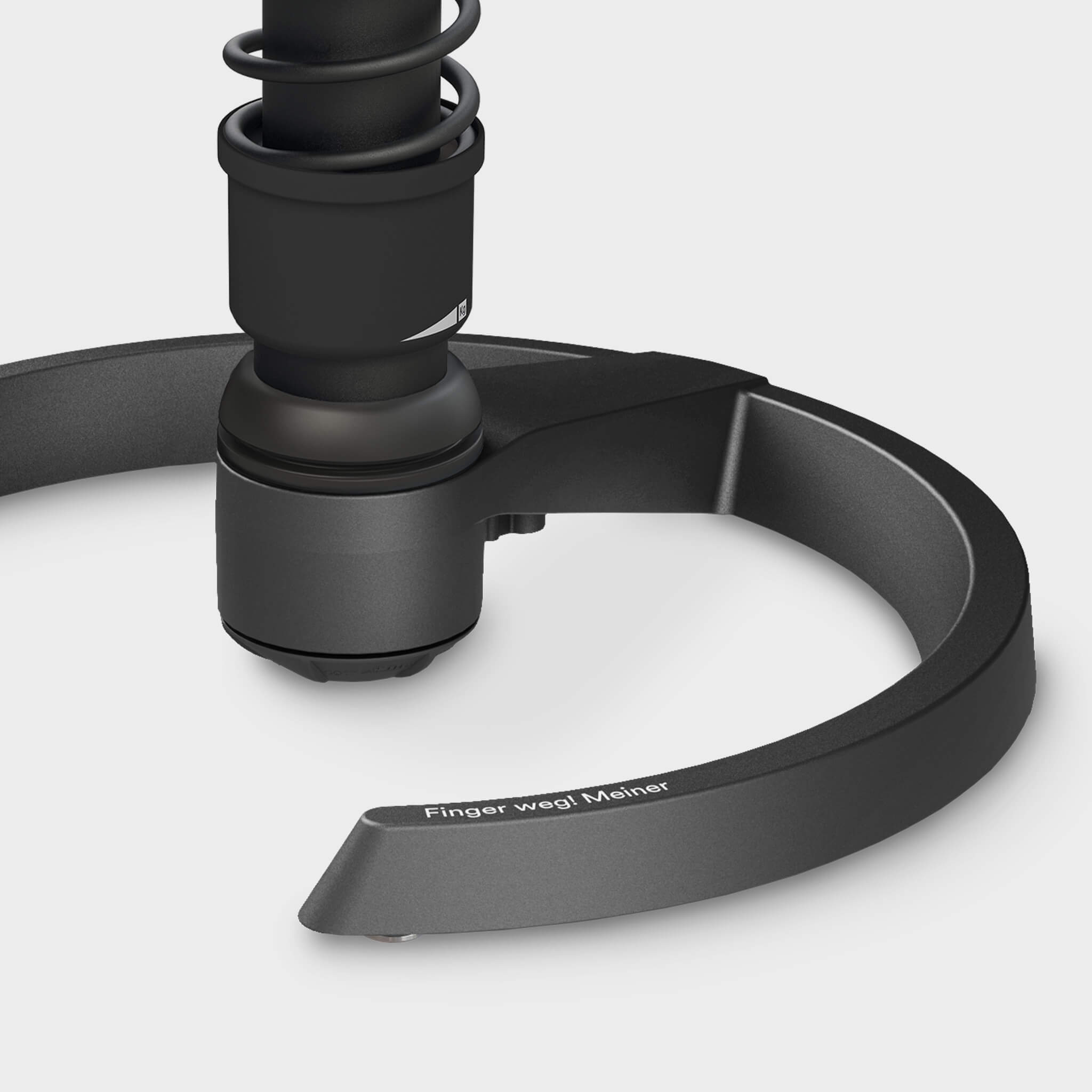What is evolution?
The word evolution comes from the Latin word evolvere, which means "to develop". In this article, we look at evolution from a biological perspective. In a biological context, it is the change and development of certain hereditary characteristics that can be observed in living beings from generation to generation. The biological theory of evolution teaches that all living beings or organisms - from the smallest bacteria to plants, animals and humans - originated from a single cell. And science agrees that the path from that primordial cell to modern humans most likely went via apes and Stone Age people.
Where does the modern theory of evolution come from?
Several centuries before Christ, philosophers were already thinking about the development of living things and trying to find out where humans came from and how they came into being. The foundations of the modern theory of evolution were laid in the middle of the 19th century. The most well-known evolutionary scientist is Charles Darwin, who presented his ideas on the development and evolution of living things in his widely acclaimed book "On the Origin of Species". In essence, Darwin's aim was to prove the origin of species scientifically, contrary to the opinion of many of his colleagues, who attributed much of it to divine intervention. This belief in creation is called creationism. Even if Darwin's theories are still controversial today, it is clear that his theory of evolution forms the basis for modern biology.
How does evolution work?
Put very simply, evolution works through reproduction and ultimately through the adaptation of a living being to its environment. The scientist Herbert Spencer coined the phrase "survival of the fittest", which Charles Darwin later adopted in his work. "Fittest" here does not refer to physical strength but to the degree of adaptation to the environment. Humans are a good example of this. Even though we are still very similar to our ancestors and our closest relatives, the apes, we have adapted to our environment and certain conditions over the generations. We are the only living beings that walk upright. It was obviously easier and faster for hunting to run after prey over long distances on two legs than on four. Our heads are also slightly different in shape to our ancestors' because we need more space for a larger brain.
These changes do not happen – at least in humans – within a few generations, but take millions of years.
Is man still evolving?
Science is constantly asking itself this question and has not yet found an answer. At least biologists and other natural scientists can prove that the genetic diversity of the world population has developed rapidly over the past 40,000 years. This may be because there are more and more people. The climate is changing. We are dealing with rapid technological development. All of these are facts that influence the evolution of animals, living beings and people. Nevertheless, it is quite possible that humans are more or less "fully" developed.
What does technological development mean for human evolution?
Humans are born for a life of movement . Our entire body structure, our skeleton, our muscles and even our brains are designed in such a way that people function better overall when they move their bodies regularly. However, we have lost many sources of movement over time. We no longer have to hunt for our food - or even look for it.
Many jobs no longer involve movement, but are spent sitting at a desk in the office or standing for hours without moving. And if we do move at work, it is no longer driven by need, but only minimally when typing or performing monotonous manual tasks on the assembly line. Even those who are reluctant to move find that they lack natural, intuitive movement and that one-sided strain can lead to back pain . Regardless of sporting activities in your free time, ergonomic active chairs or active standing chairs from Aeris, which promote three-dimensional movement, can have positive effects on the body and mind at work.
